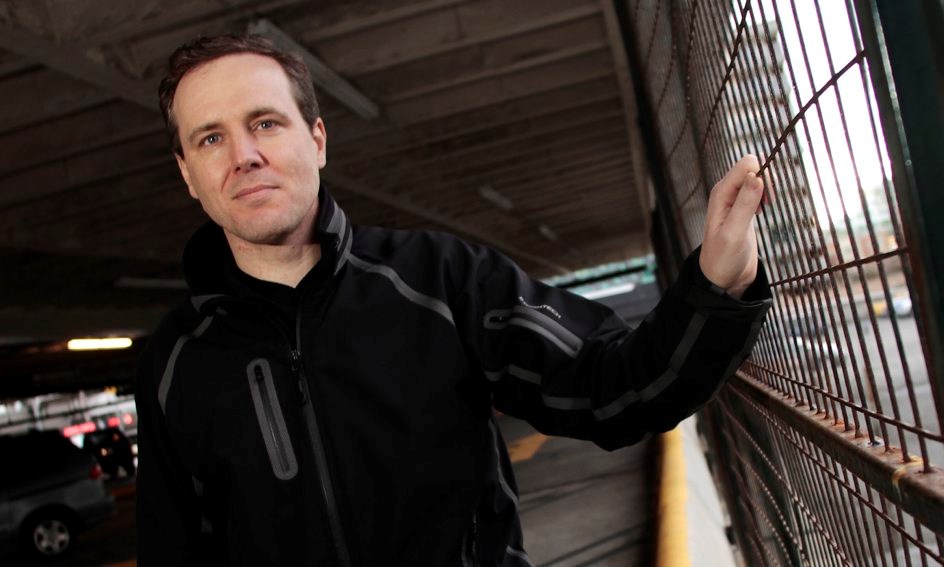More than 1,000 Greater Victorians sought temporary shelter in one night this past February, according to a report by the Greater Victoria Coalition to End Homelessness.
Some went to emergency shelters like Rock Bay Landing and Our Place. Others were in transitional housing, motels, hotels, treatment centres and even correctional facilities. The report doesn’t include anyone sleeping in cars, parks or couch-surfing.
Among the 1,167 homeless counted on Feb. 5, 2014, were 70 families, 116 children and 89 youth. Of the 78 people turned away from shelters that night, the majority were women and 11 were children.
“There was very little change in our facility count from last year,” said Andrew Wynn-Williams, executive director of the coalition — a consortium of service providers, governments and non-profit groups, with a mission to end homelessness in Victoria by 2018.
“The number of turnaways indicates there are more people out there we don’t know about, that there are more options for men than women and that affordability is still the main reason people are going to shelters. We need more affordable housing.”
The annual snapshot of homelessness in the region was presented Tuesday in Langford, along with another report on patterns of homelessness. Collaborators include the University of Victoria, Simon Fraser University and the Community Social Planning Council.
“We have families in this region who rely on hotels and motels for affordable housing. This is deplorable,” said researcher Marika Albert.
In the pattern report, four years of shelter records in the region showed the majority of users were there temporarily, spending an average of 18 days in shelters. However, 40 per cent of shelter beds were occupied by people with average stays of 30 days. Less than two per cent of shelter users were considered long-term or chronic homeless, meaning they stayed in shelters an average of six months and four to five times over a number of years. All of the region’s shelters have limits on the number of continuous days a person can reside there.
Researcher Hannah Rabinovitch pointed out that seniors were disproportionately represented in the long-term group, “showing there is a housing gap for seniors with complex needs,” she said.
The report also showed Victoria’s percentage of shelter use is comparable to Ottawa, Toronto and Guelph. “This suggests the perception that more people are chronically homeless in Greater Victoria due to the availability of services and/or moderate climate is groundless,” the report says.
Members of the coalition’s speaker’s bureau, an initiative to have those who have experienced homelessness share their stories publicly, addressed the crowd.
“Being homeless literally broke my heart, self-esteem, my soul,” said Leonard James, who talked about his struggles in residential school and how he found new purpose in self-help and Bible study groups. James lives in a downtown residential hotel, where he doesn’t feel safe. He is applying for a rental supplement so he can get a place of his own. In the meantime, he takes his skills as a life coach to the streets.
“I am willing to put time in on the front lines and at a distance … to listen, to help others,” he said.
The coalition plans to release two more regional homelessness studies in the coming months, focusing on families and youth.



